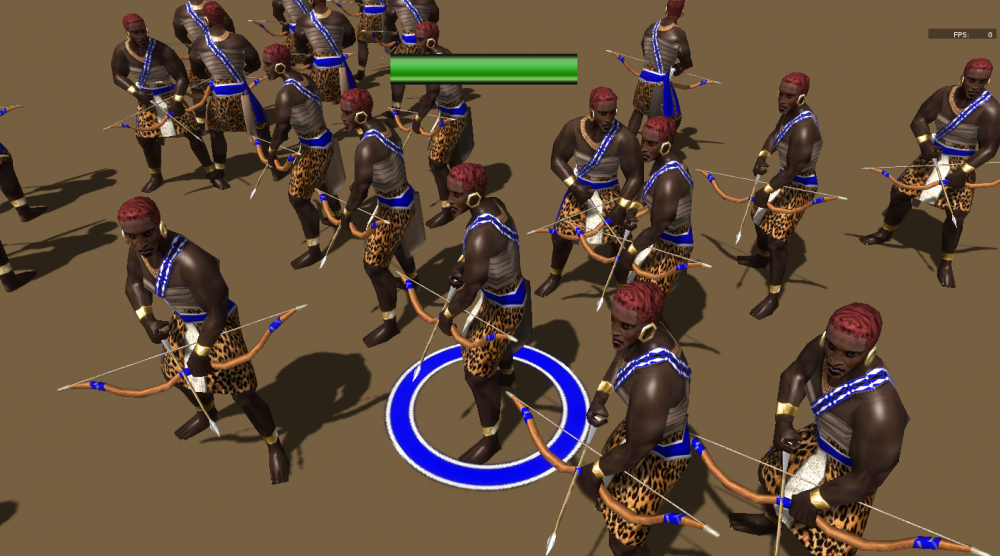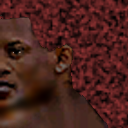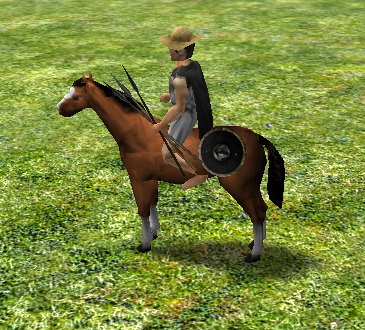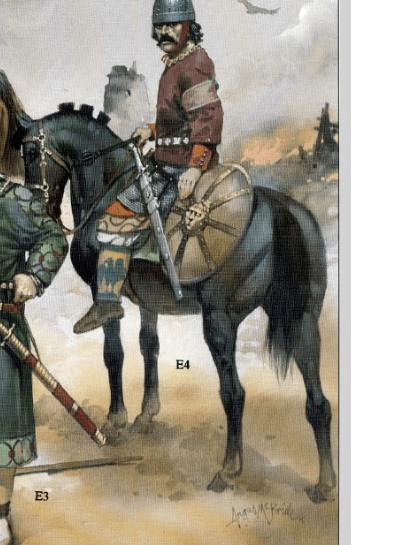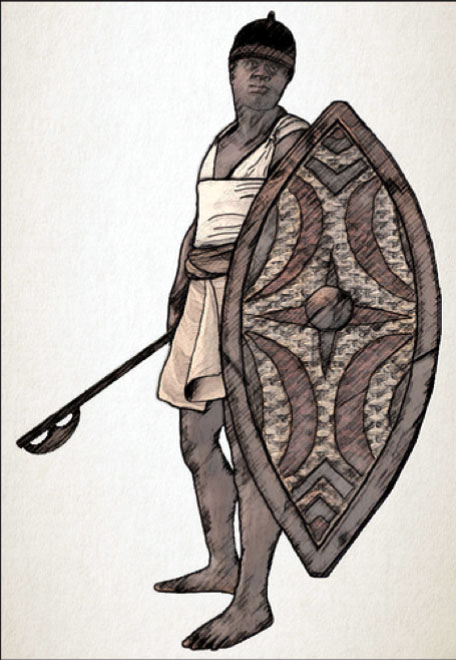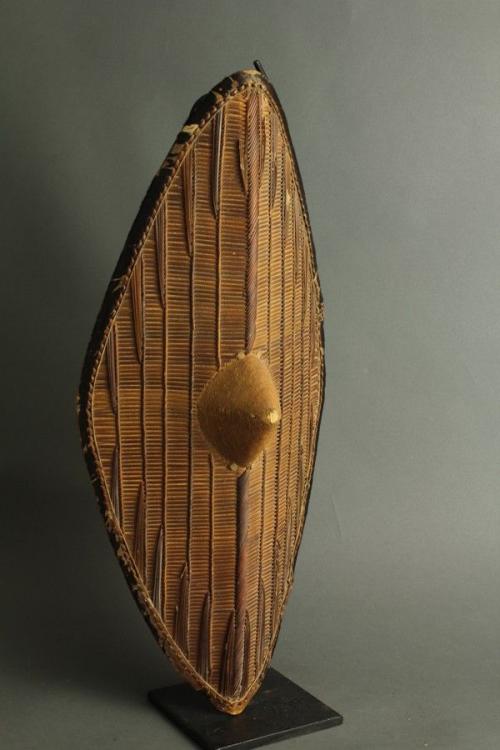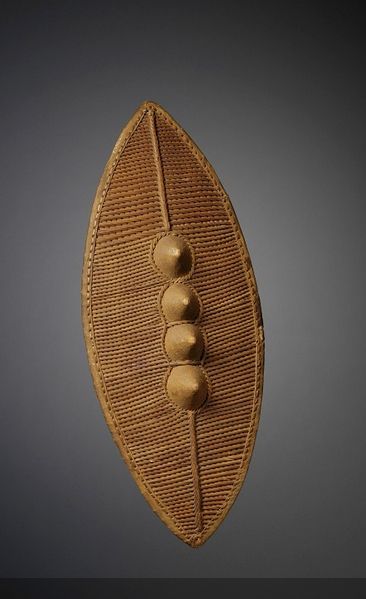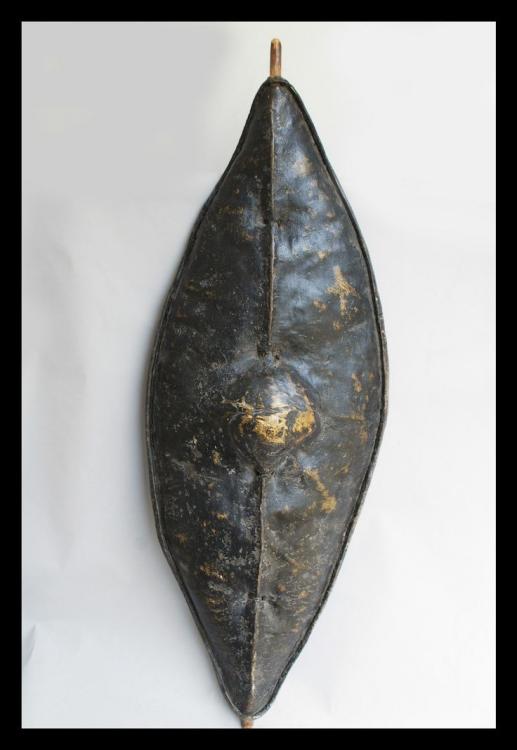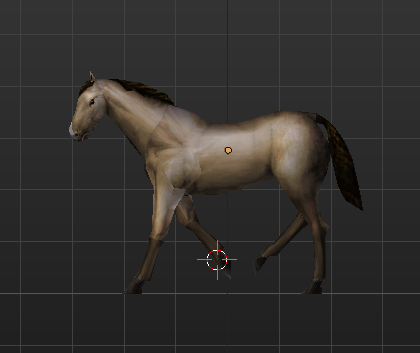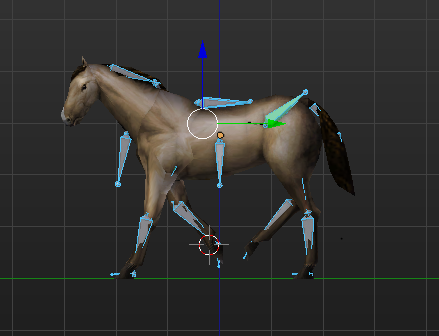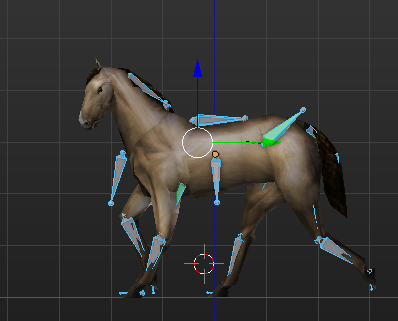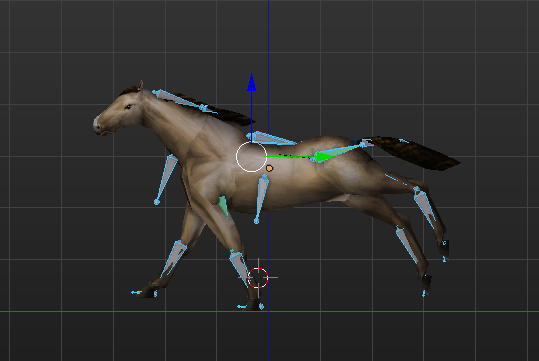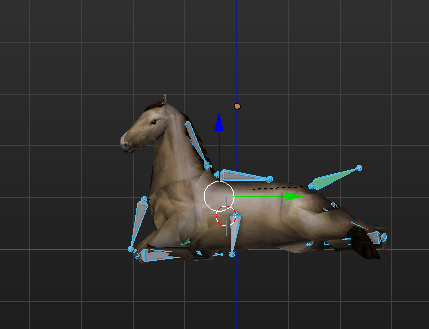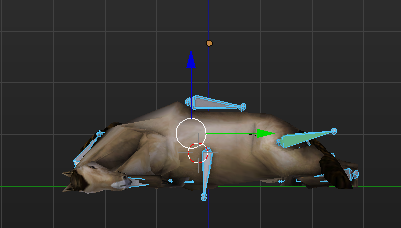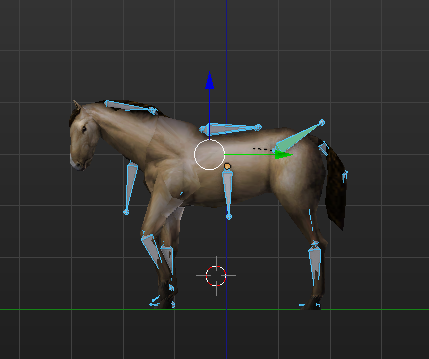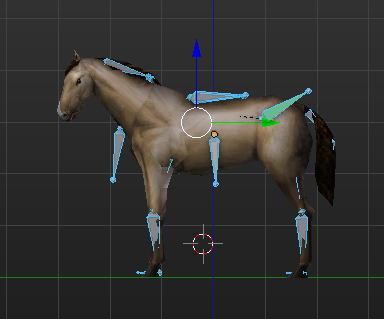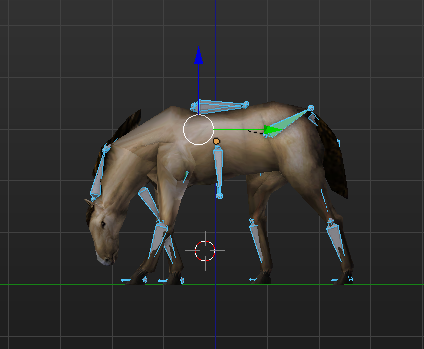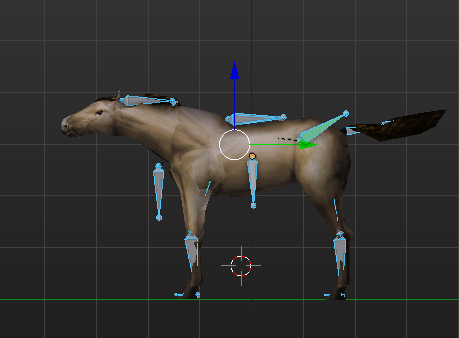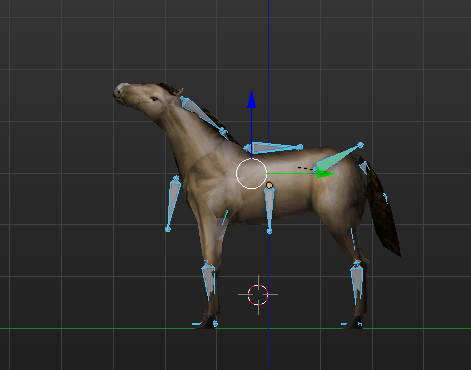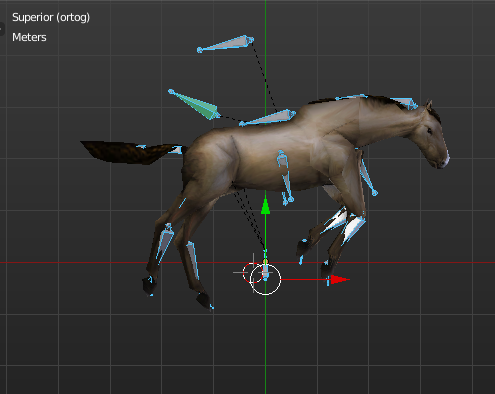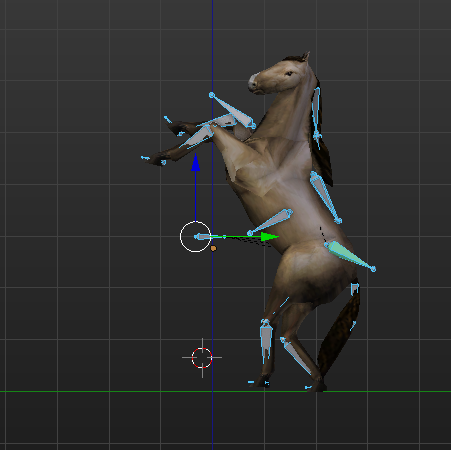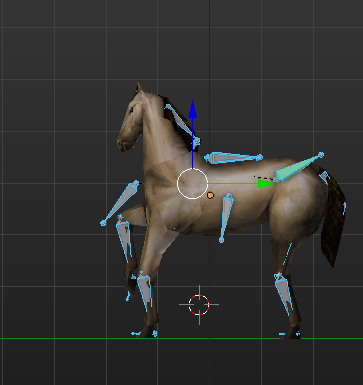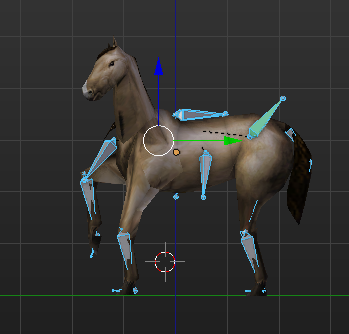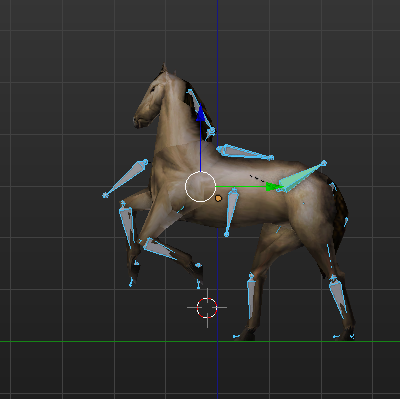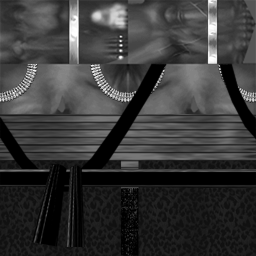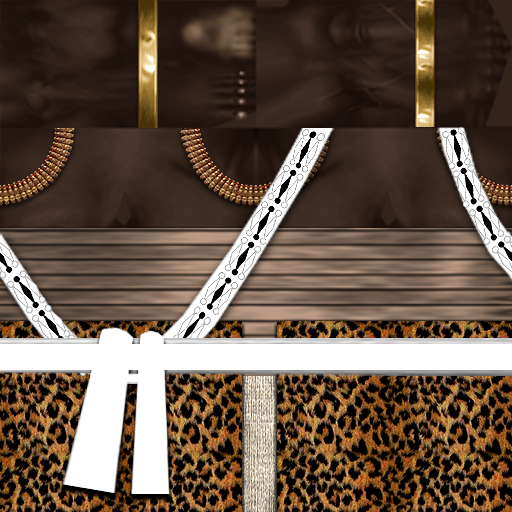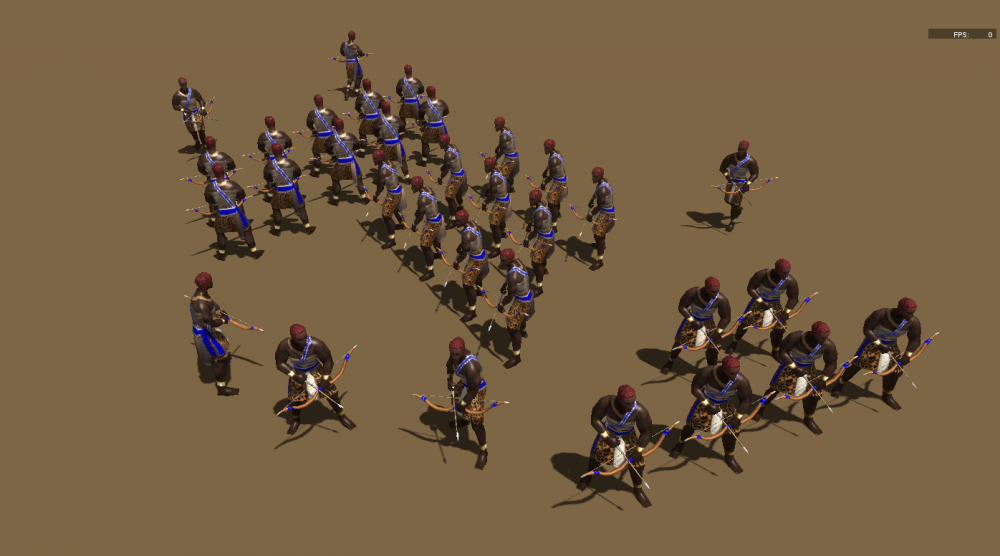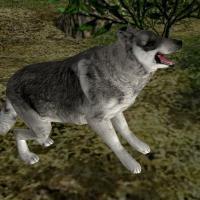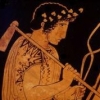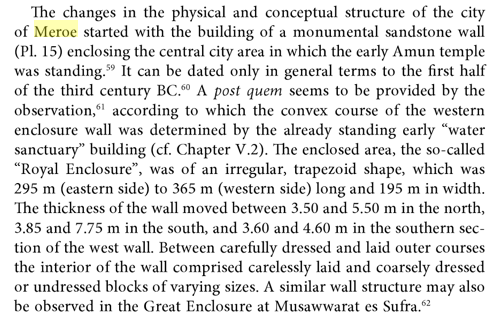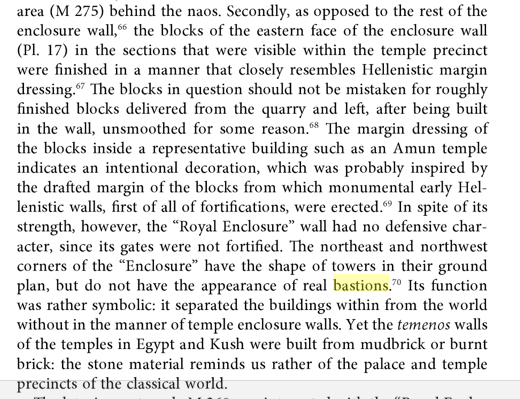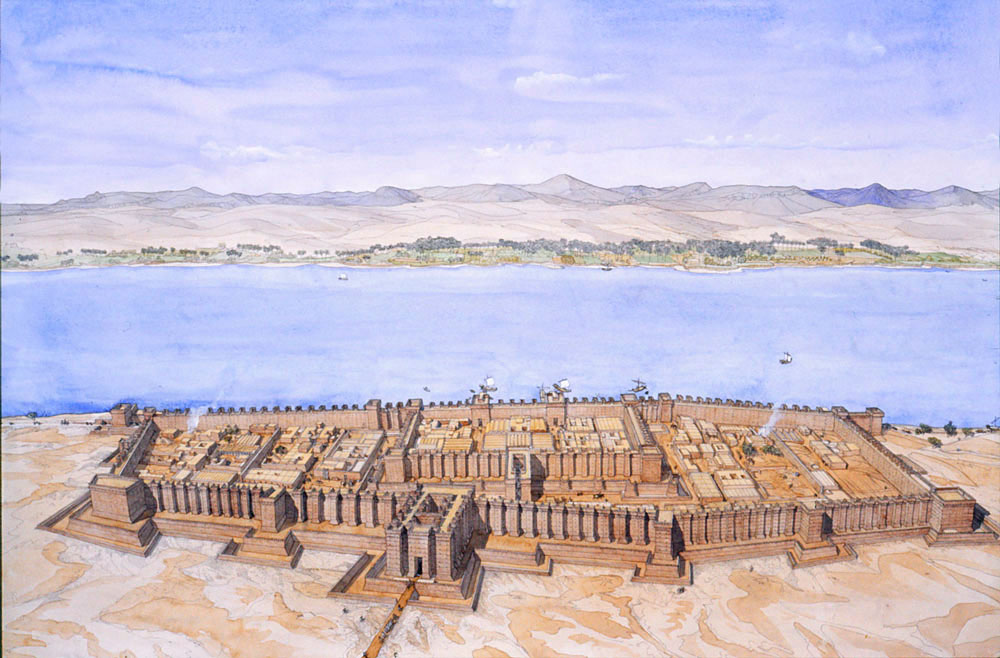Leaderboard
Popular Content
Showing content with the highest reputation on 2017-09-04 in all areas
-
The video is really accurate. My experiences with Microsoft support have been amazing but some of the problems Microsoft products/billing has can be frustrating... you wonder why it happens in the first place. It's also confusing that is has to be so exclusive right down to Windows 10 and Creator's Build update specifically. Windows Store exclusive? OK, I'm fine with that but they should be providing options to purchase it for Mac, Linux and not require Creator's for Windows 10 PCs. It seems like you're really hurting the market for this game before you even get started.2 points
-
@Lion.Kanzen It is definitely true that slaves were being traded in/from Sudan, but slaves were being traded in every part of the ancient world including by every civilisation in 0AD. It would be very awkward to have the development of this slavery-concept tied to the Kushite faction, because that really just sends out the wrong idea For historicity and gameplay's sake, I'm actually interested in a slave/serf/indentured labourer-system, to correctly depict a significant portion of the workforce of the ancient world. But it should be either entirely generic (the same for every civ), or entirely unique for every civ. But having a generic slave-system based specifically on Sudanese slave-trading seems like a no-no. Also an ethnic specific system featuring Sudanese, Celtic, Germanic and Thracian slaves, each with specific traits, for example, is just bound to create unwanted controversy. A slavery and indentured labour system needs to be entirely generic, or completely civ-specific.2 points
-
Need a custom head model or two for the Nubian males, like this: Need the earrings prop in the game, it model's position readjusted downward a little bit, exported at the head position. This model is used for both the Mauryans and Kushites. Need a custom head model for the Nubian females. Like this: Need the ostrich feather props modeled. 1, 2, and 3 feathers, exported at the head prop point so they don't disappear when the unit is gathering. I'd imagine we'd make the feathers player color.2 points
-
I just stumbled over some Imperium videos about a possibly new release. In spanish: It's a small company, so take it with a grain of salt, but seems that the objectives are making another re-release of the game (we're coming to a good RTS revival), fixing bugs, better screen resolutions, some graphic enhancing, and a good support of multiplayer. Maybe steam. They might add some news civs, probably Greeks and Parthians. They are also taking advices from community to make the game Although the game was very unhistorical, I really enjoyed it.1 point
-
1 point
-
Please enlighten us how you fixed it. Other users might run into the same issue and may benefit from your solution.1 point
-
1 point
-
This wiki is a good add on. I've been trying to find a read me file of the mod to no avail. Btw for principitate Romans is it possible for the slaves to be healed in the CC? Or maybe they should start with a free healer. The temple heals them but it takes a while to build and most probably they die. Or maybe at the rate their health deteriorates their cost should be much lower. It's very interesting to play them but I guess they are not complete yet.1 point
-
I find this kind of grunt work satisfying for some reason. I'm addicted to it. I lack the vital skills to add many of these civs on my own. As always, it depends on what interest there is from fellow modders. We do good things when we combine efforts.1 point
-
Started a new Wikia: http://delendaest.wikia.com/wiki/0_A.D._Delenda_Est_Wiki Only has one article so far. lol http://delendaest.wikia.com/wiki/Principate_Romans1 point
-
Still same "Boned" bug, i will try later with a new skeleton to see if it is the armature1 point
-
@Alexandermb You could try to use my dae to skeleton python script. You have to clone the repo from my github account, copy the dae inside the folder "input" run the python script and take the XML file from the output folder. Or you can send me the date and I'll do it for you.1 point
-
1 point
-
An attempt was made. Elite Nubian Archer. He's the elite archer, so would have 3 feathers in his hair. Advanced has 2. Basic only has one. This is for the Nubian Archer and Nubian Spearman only. His hair also needs to have some geometry, either as a "helmet" model exported to sit at the head prop point, or as a whole new head model, which might be easier in the long run. Looks like an upside down bowl.1 point
-
1 point
-
1 point
-
1 point
-
A Sudanese traffic slaves and Diamonds, may be tent with the cage and the stage. try create similar buildings you know tents and primitive structures from mud. if you can create separate as propp the set can be nice. with first image get inspirations and take the most humble. We can use this as eyecandy. dont forget you are making a slave market in Sudan needs be in size similar mercenary camp but like third image without break any copy right.1 point
-
1 point
-
The game really needs cool new mountain meshes and new rock formations.1 point
-
source/lib/sysdep/ might have some secrets. No clue how you ended up at some of those "results" though.1 point
-
Definitely never seen that stacktrace. apic.cpp is part of the arch linux dependencies if I see this correctly. What struggles me is that your OS is windows though. That part was called from the Hardware Detection part according to the crashlog. Machine name and ID might be interesting, but indeed not relevant Can you try previous versions of 0AD and see if that breaks too? We did change some Hardware Detection code in #4561, so maybe it doesn't work for your particular hardware configuration. If a previous works, you can try to bisect which revision introduced the broken change (if X works and Y fails, try (X+Y)/2 next). I'd test for r 19876. If that crashes too, could try Alpha 21 release (see Changelogs for the revision IDs). (Notice that the pyrogenesis.exe had been updated only every now and then, so you won't be able to pin down the exact commit that broke it).1 point
-
I am not really sure you can install multiple themes, if it can be done i can provide the CSS and the site.html IPS is not free so i can't really test locally, also making a theme for it can be complex and time consuming.1 point
-
I think the ugliness of the theme (the current one or the proposed one) is subjective and a bit irrelevant. The lack of contrast on the forums is a real problem because it can prevent people from participating at all. On the other hand I don't think we should care about people who think "oh this website is ugly I don't want to participate because it doesn't look modern". Those people are not motivated enough @daker Thanks for looking into updating the theme though. What we could maybe do is installing that theme without making it the default? That way it is available to the people who'd enjoy it. I can look into that when I upgrade Trac to the latest version, if that sounds good to you.1 point
-
1 point
-
@balduin Wow, thank you for the thorough explanation and insights! I will definitely be spending some time trying to get to know the “0AD-environment” a little better, and figuring out what is possible and what isn’t. I will continue to drop images and info in this discussion, for now, as the preliminary visual guide to Kush, while I figure out Github, and other things. I’ve done some follow up research based on some of your questions, and here are some preliminary answers. I wasn’t able to find everything I was looking for though. It is true that the kingdom of Kush poses a considerable challenge in terms of information gathering, because most of the useful information is in primary sources, which haven’t been widely published. That having said, an amazing amount of good info is out there, if you’re tenacious enough. Preliminary 'answers' Temple: Model for temple should be the temples to Apedemak, one of the most important deities. He was also of local origin, which makes it more interesting. The great temples to Amun (to Nubian standards, massive temple complexes), built in Napata, Meroe and Dangeil should be the model for their special building. Temples to Amun were centers of economic activity: workshops, artisans, maintained large (fruit)gardens, extremely wealthy in earlier periods. [crazy idea: Amun special building could recruit “Holy warriors of Amun”. Apedemak temple could recruit “Lion warriors of Apedemak”. These units would be Kush’s special units. Religious fanatics, although I’d have to check the history on that one ] Each civ has a number of house models. Kush should also feature this variety. Based on the examples given, maybe 3 or 4 models can be made. For uniformity, they can all be plastered white, with similar geometric designs decorating the spaces around doors and windows. Of all the buildings, civic center should be based on the typical Kushite palaces, like the one at Karanog (fig 14). These palaces were administrative centers, storehouses for food and luxery products/trade items, and served as living quarters to governors. This is where dignitaries would be received, and policies would be made. Literally town centers! Maybe reduce the height from 3 stories to 2 stories. Some miniature obelisks or stone inscriptions decorating the front. A set of pillars with papyrus shaped capitols at the entrance, with a single stone slab on top, to make it look inviting. Their fields shouldn’t necessarily look different from any other field in the game. They grew barley, wheat, millet, sorghum, cotton and dates. Interesting thing is that the Meroitic period saw the introduction of the Saqiya (Sakia), animal driven waterwheel, which made irrigation of lands further from the Nile possible. Fig. 26 Drawing of an Egyptian Saqiya, which saw its introduction in Sudan around the Meroitic times, allowing much greater agricultural produce. They bred (auroch-like) cattle, horses, sheep and goats, donkeys and to a lesser extent camels. Their desert neighbors, the Beja, made extensive use of camels. Fig. 27 Massive horned cattle of the Dinka, in modern day South-Sudan I think the Meroitic pyramids would be a good wonder. They’re not awkwardly big, but still imposing enough, and built with an eastward facing chapel, they have an interesting architectural element. Things I don’t have answers to: I have no clue what their dock would have looked like o.0 I might be able to find a floor plan for a blacksmith, but I suspect it’s just going to be an open courtyard, flanked by 4 walls with a simple rectangular structure in one corner. Not sure though. I suspect many other “work sites”, would follow this pattern, of simple walled courtyard, with a simple rectangular building. I know absolutely nothing of siege equipment in ancient Kush, although the 25th dynasty must have used them to conquer the walled cities of Egypt. As for boats, I know just as little. What I know is that they had them, and they used them. Nastasen captured “many fine (Egyptian) boats” in the 4th century BCE and Ezana in the 4th century AD says that they used boats to cross the Nile, fleeing his troops. What I do presume is that the 25th dynasty used boats identical to new Kingdom Egypt, and this might have continued until Roman times (pure conjecture on my part here). The typical straw fishing boats of the Nile are a given. I did find images of a scene in a Theban tomb belonging to the New Kingdom, Kushite vizier, Huy. It has been proposed that the Napatan Kings descended from these viziers. “Coming from Kush with all the goodly tribute consisting of all the choicest and best of the southern lands. Landing at the Southern City (i.e. Thebes) by the King’s son of Kush” - Theban tomb tt40 fig. 28 Huy, a Kushite vizier of the New Kingdom arriving in Thebes. Horses are among the products being brought to the Pharaoh, as tribute from Kush. Fig. 29 More of the viziers' boats, arriving with tribute for the pharaoh. Fig. 30 The Nubians sitting on top of the vessel are bound prisoners. Either to be sold as slaves, or put to death as criminals. Walls and fortifications I made somewhat of a breakthrough here. But more on that later. First I’ll share what I already knew. Kushites used a variety of techniques to build walls, and yes, they were quite good at it. Cut stone, dry-stone walls, mudbrick and fired brick were all used to varying degrees depending on the site you’re examining. These building materials were also used extensively in combination with each other. Some walls were built with a social/ritual/religious purpose, separating lower classes from higher classes. Separating the holy of holies from the unholy. In other places they served a purely defensive purpose, with walls that could be manned, and featured bastions. Fig. 31 Some of the walls that form "the great enclosure" at Musawwarat es Sufra, a religious complex. They give a good impression of Kushite masonry skills. Tightly cut (usually sandstone) blocks, dress the interior section of the wall, made of rubble and uncut stone. Fig. 32 Cerimonial walls in Musawwarat es Sufra Fig. 33 Typically narrow entrance gate to the walled town of Hamadab, 3km south of Meroe. Hamadab had square bastions on the corners of the walls, accessible by stairs. Fig. 34 Plan of the walled city of Qasr Ibrim, showing remnants from many different eras, including the Christian era cathedral, and the "Taharqa temple". In Meroitic times, it was called Premnis, and formed a battleground for the invading Romans who occupied, and then ceded it back to Kush. Fig. 35 New Kingdom entrance gate to Qasr Ibrim, rebuilt and narrowed during later (possibly Meroitic) times Fig. 36 Kushite style, narrow entrance gate to Qasr Ibrim. The Governors’ palace at Karanog (fig. 14) can also easily be used as a model for a fort. It served a dual defensive purpose, and kind of looks like a castle. With a little creativity, it would look nice as a fort. The breakthrough I was referring to was the site called “Gala Abu Ahmed”. Don’t get stuck up on the name though, radiocarbon dating puts this place between 700BCE – 350BCE, which makes it, Napatan and early Meroitic. It’s quite a large, trapezoid fort, with thick dry-stone walls, bastions, and staircases to reach the upper walls and bastions. Sadly, as with many places in Sudan, the site was mined for building materials for the nearby, modern town, making it difficult to estimate its height in the old days, but some walls still reach 4 meters. Notable feature, as with all Meroitic fortifications, is the conspicuously small gate entrance, undoubtedly a security measure making access more difficult. Fig. 37 Plan of Gala Abu Ahmed Fig 38. Aerial view of Gala Abu Ahmed Fig 39. Aerial view of the main entrance gate to Gala Abu Ahmed. A very narrow passage way, with a pair of stairs in the middle, leading up to the walls and bastions Fig. 40 Beautiful example of Kushite dry-stone walls in Gala Abu Ahmed A final note on fortifications. The massive Middle Kingdom fortresses, such as Semna and Buhen, regularly fell to Kushite hands from the 2nd intermediate period onwards, well into Ptolemaic times. Although originally built by Egyptians, their style may well have influenced later Meroitic fortifications, and can be used for stylistic hints in models. Fig. 41 Historical reconstruction of the massive Middle Kingdom Egyptian fortress of Buhen, to the north of the 2nd cataract. Although unmistakably Egyptian, this fort fell in to Kushite hands many times since the fall of the Middle Kingdom, and even saw use by the Ptolemies in their Nubian campaigns. Lastly, some explanation behind the walls of the "Royal City", the central walled district of Meroe, and "The Great Enclosure" in Musawwarat es Sufra, from "Hellenizing Art in Ancient Nubia 300 B.C. - AD 250 and Its Egyptian Models", by Laszlo Torok Some more references and further reading: http://www.jebelbarkal.org https://en.wikipedia.org/wiki/Gala_Abu_Ahmed http://what-when-how.com/archaeology-of-ancient-egypt/dorginarti-to-dynastic-stone-tools-archaeology-of-ancient-egypt/ https://en.wikipedia.org/wiki/Buhen http://www.uni-koeln.de/sfb389/a/a2/download/poster_gala_abu_ahmed.pdf Qasr Ibrim: The last 3000 years, Published on Mar 21, 2014 by P.J. Rose — Sudan & Nubia, No 15, published by The Sudan Archaeological Research Society, 2011 Archaeobotanical Investigations at the Gala Abu Ahmed Fortress in Lower Wadi Howar, Northern Sudan: Published on Feb 10, 2016 by F. Jesse et al — Sudan & Nubia, No 17, published by The Sudan Archaeological Research Society, 20131 point



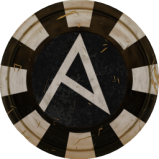
.thumb.png.ce58cea22940c255f5b0a735d5abee36.png)

